Passive alcohol-detection systems are mandated by law. But don’t expect them to arrive without controversy.
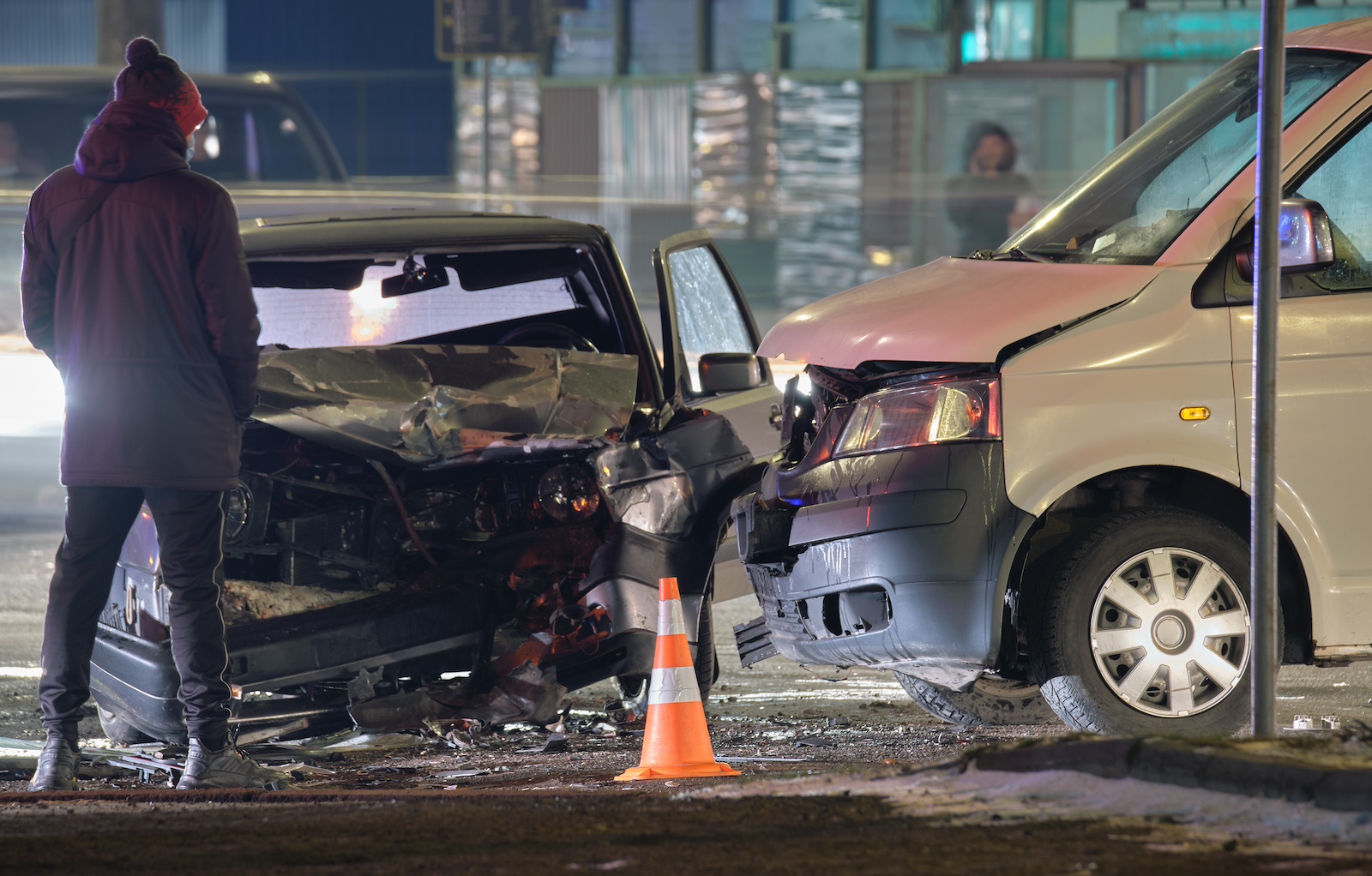
More than 13,000 lives were lost to drunk driving accidents in 2021. That’s up 14% from the year before.
The first steps toward mandating car technology passive alcohol-detection systems that prevent drunk or impaired driving will become reality under a new federal safety standard.
The technology mandate that such devices be installed in all new passenger vehicles was among the tenants of The Bipartisan Infrastructure Law, passed by Congress in 2021. In the measure, the National Highway Traffic Safety Administration (NHTSA) was tasked with identifying the least intrusive technology that should eventually be standard on new automobiles in order to dissuade drunk drivers.
Regulators have until November 2024 to publish a final regulation mandating that technology or providing an explanation if they choose not to.
NHTSA announced Tuesday that it would soon provide an “advanced notice” of that regulation, informing the public of what it knows about the technology and examining the best course of action.
What’s happening next
NHTSA is obtaining data from interested parties to assist the organization in creating technological performance standards. The regulatory agency anticipates that following the rule’s release, it will gather public feedback for two months before putting out a proposed final rule.

GM CEO Mary Barra said the company has been working with regulators on passive alcohol-detection systems.
Certainly the world’s automakers are preparing for the coming regulation. Automakers would have two to three years from the rule’s release to incorporate the technology into every new light-duty vehicle, including automobiles and trucks.
“We’ve been working with regulators on that,” said General Motors CEO Mary Barra earlier this week at the Economic Club of Washington, D.C. “We have technology to do that. … I think that’s technology that’s coming that I think is going to be good for everyone.”
Undoubtedly, the issue of drunk driving is not going to get better, as 13,384 people lost their lives in traffic accidents caused by drunk driving in 2021. That’s up 14% from 2020.
Questions remain
But the matter is far from settled, as many questions have yet to be answered.
For instance, should there be an override for situations involving wildfires, extremely low temperatures, or the possibility of violence? Could inebriated drivers still be expected to properly monitor the operation of their car while autonomous driving systems such as Super Cruise mask their behavior? Importantly, how will NHTSA quantify impairment? How would the technology distinguish between drunkenness and other ailments, such as stress, infirmity, or old age? And it remains to be seen how touch sensors would work with gloves.
Then there’s the matter of whether new car buyers or certain members of Congress will accept it.
In an amendment last month, U.S. Representative Thomas Massie, R-Ky., proposed that the new drunk driving and distracted driving laws would require new cars to have a “kill switch” as it violated “a fundamental right to travel freely.” He also suggested blocking any funds to implement the new laws. The amendment was defeated. Still, it’s easy to imagine conservatives in Congress blocking adoption of the new regulation.
Existing alcohol-detection systems
Still, it remains to be seen how a passive system would work. Currently, drivers must breathe into the alcohol-detection systems now in use, which NHTSA believes isn’t passive enough to comply with legal requirements. As a requirement to start the car, such technology is intrusive and it remains to be seen if this would be an acceptable option. Certainly touch sensors on a starter button could measure blood-alcohol levels, which would be far more acceptable. But NHTSA also wants to implement technology that measures certain behaviors, such as eye movement and driving style – suddenly speeding up, braking or moving out of a lane – as a sign of drunkenness.
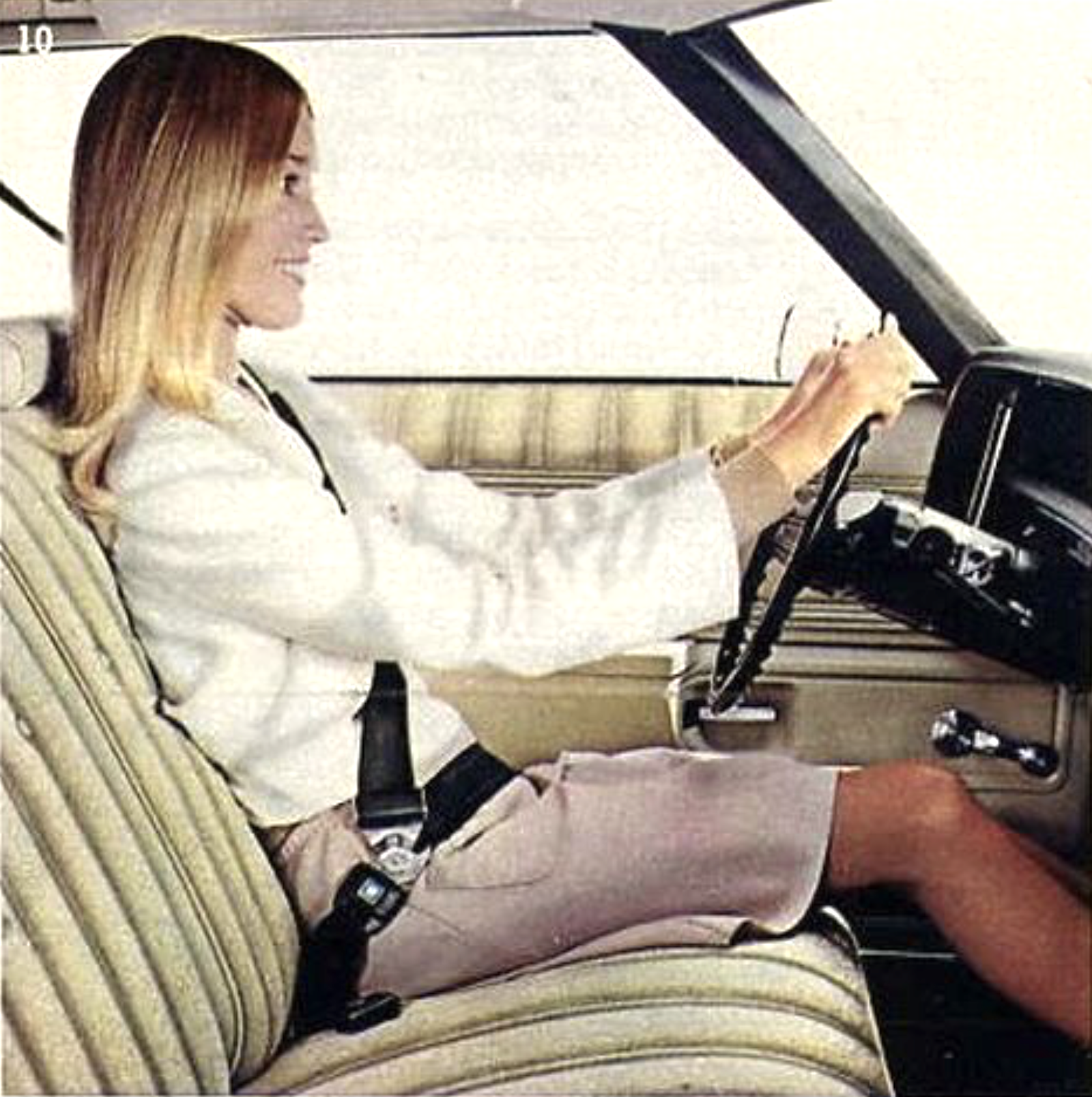
NHTSA required that cars sold after August 1973 couldn’t be started unless the seat belt was fastened. The law was repealed within a year.
Yet such actions can come from any number of factors besides drunkenness, making implementing such technology a huge hurdle. If implemented incorrectly, it will surely raise the ire of the motoring public. Certainly, NHTSA is trying to avoid the fiasco of its 1973 seat-belt interlock mandate. The rule dictated that automakers install technology that required seatbelts to be fastened before a car could be start in vehicles sold after Aug. 15, 1973. The primary supporters of the seat belt interlock were actually Detroit-based automakers, particularly Ford Motor Company, which had initially developed the technology. Once the technology was in place, Complaints poured into Congress. By October 1974, legislators repealed the regulation.
Still, it’s hard to imagine this new technology not being implemented, as the automaker-funded Automotive Coalition for Traffic Safety has been working with NHTSA to develop the systems under the Driver Alcohol Detection System for Safety (DADSS) Program.
“Today’s notice from NHTSA is a positive development that is welcomed by the DADSS Program,” said Rob Strassburger, CEO of the Automotive Coalition for Traffic Safety. “We share the desire to commercialize technologies to prevent drunk driving as soon as possible, and remain laser focused on delivering sensors that maintain the highest levels of accuracy, precision and reliability while also protecting consumer privacy.”

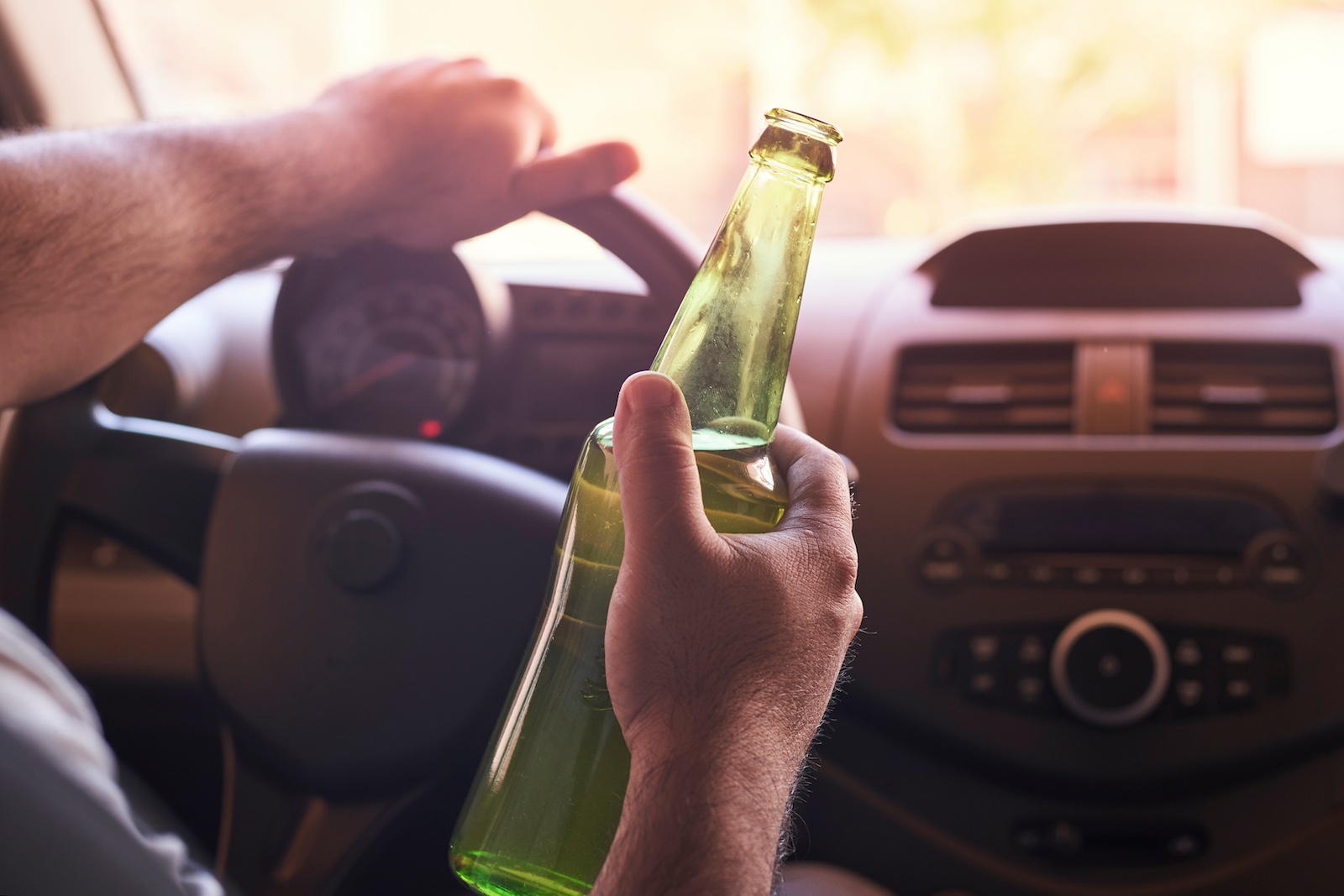
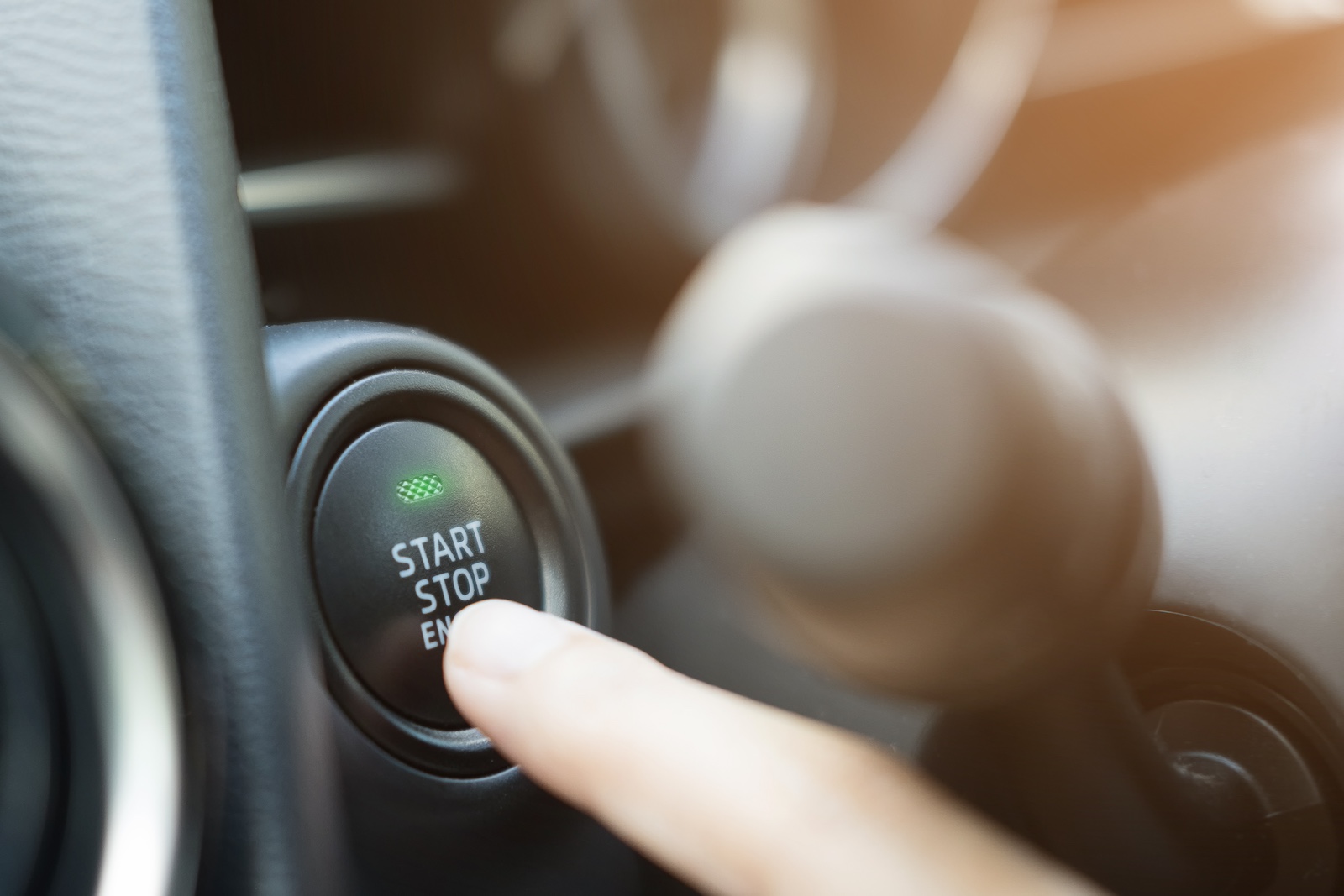
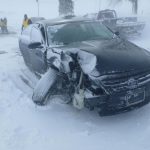
0 Comments